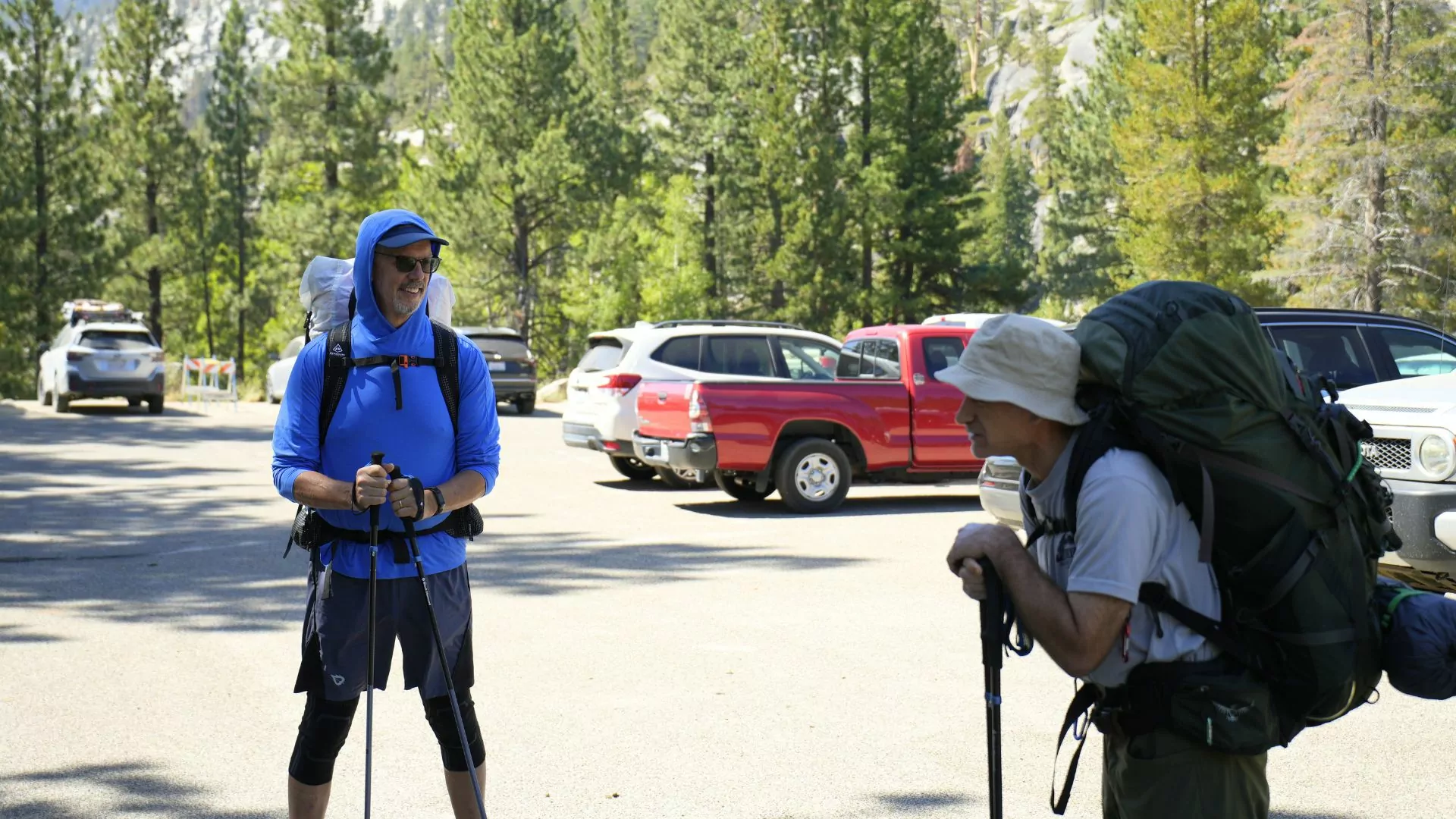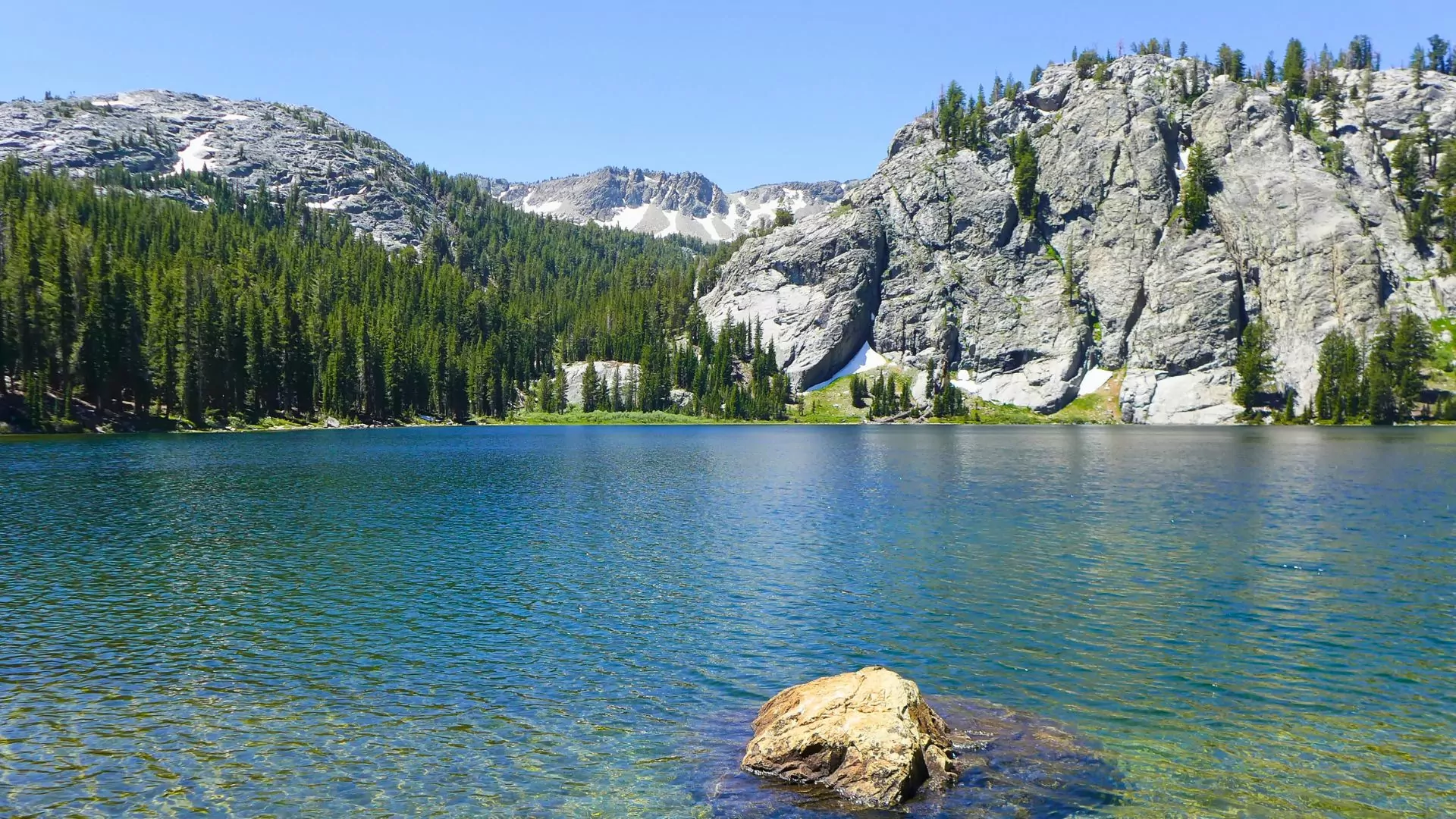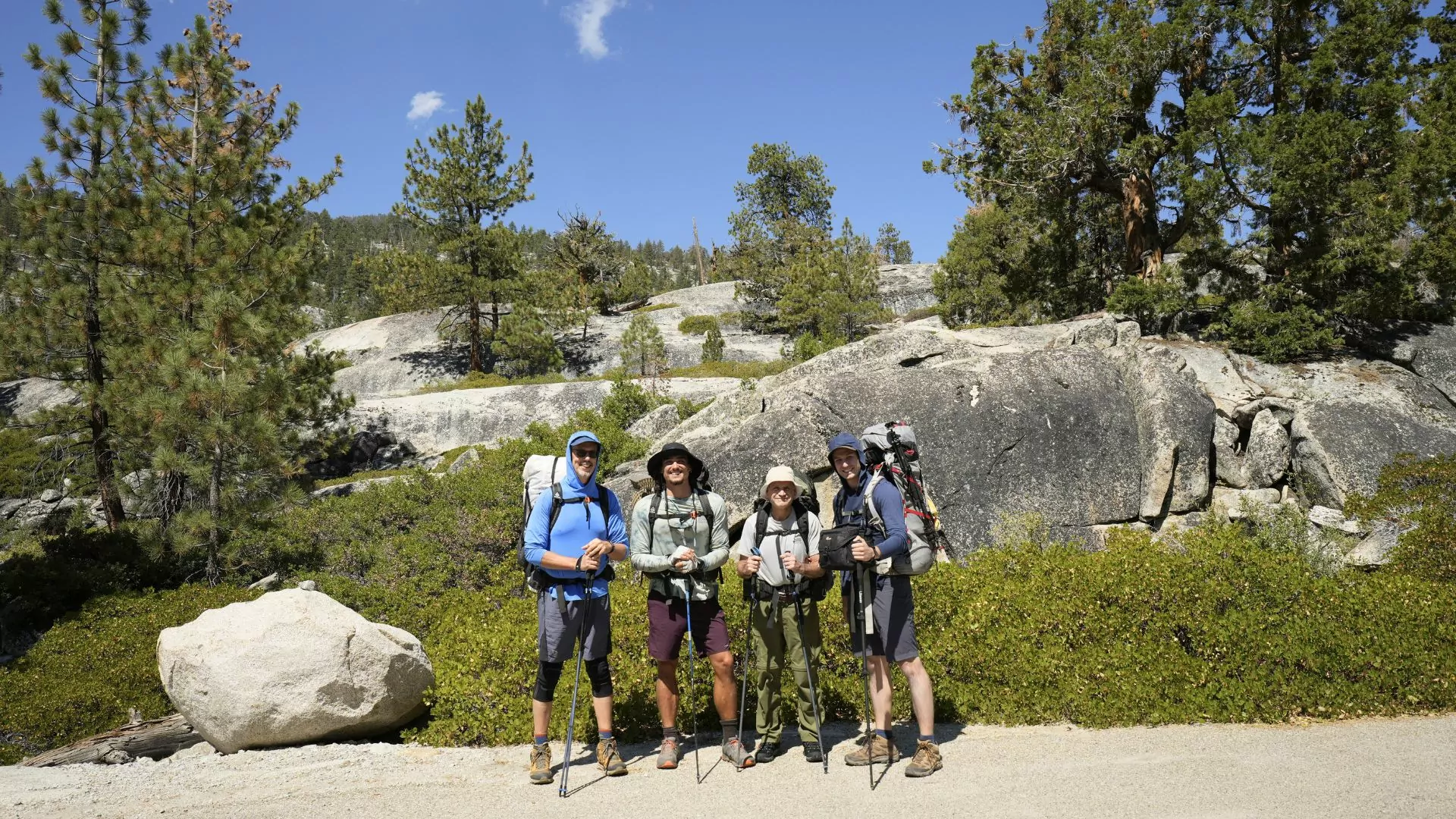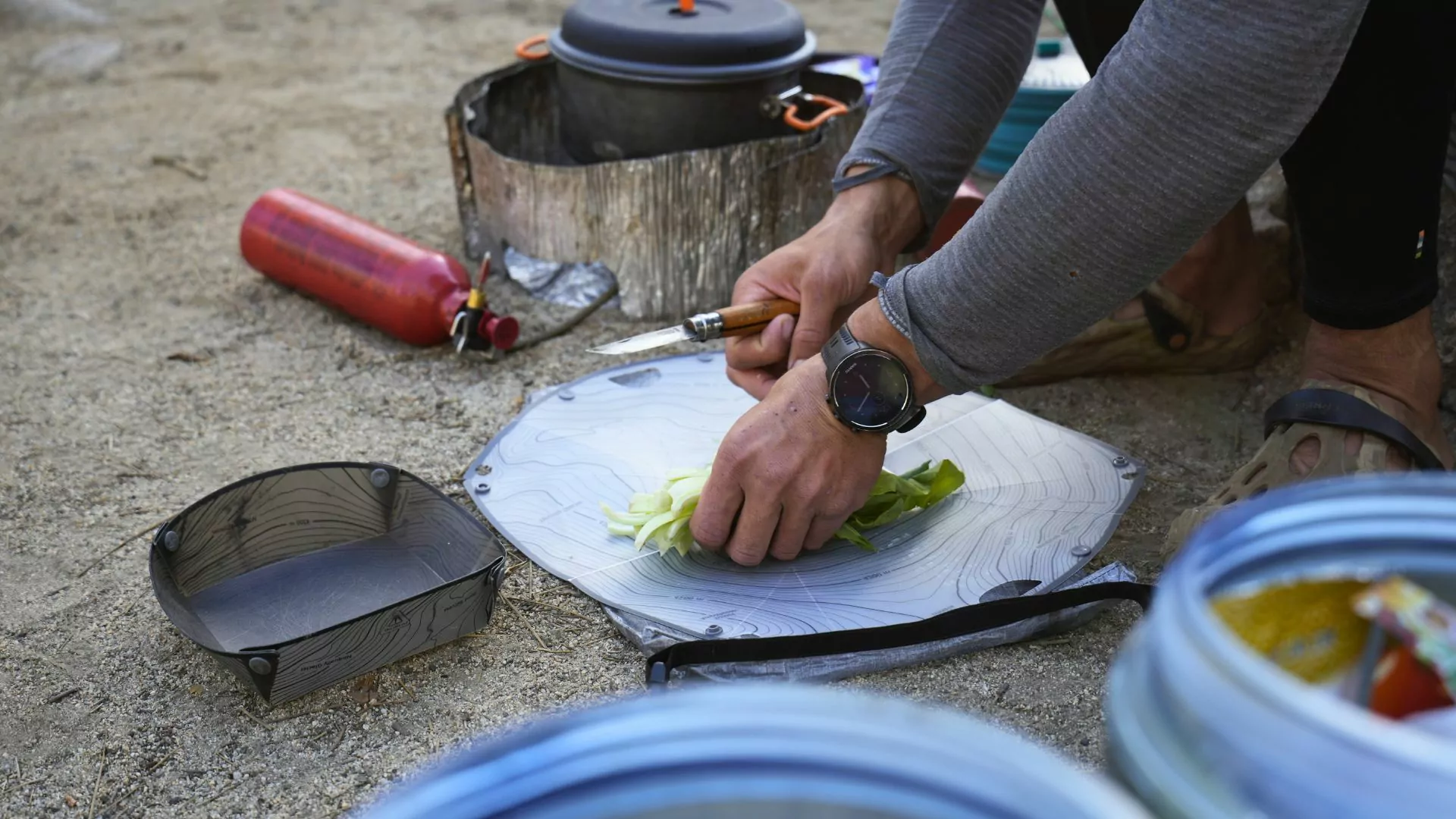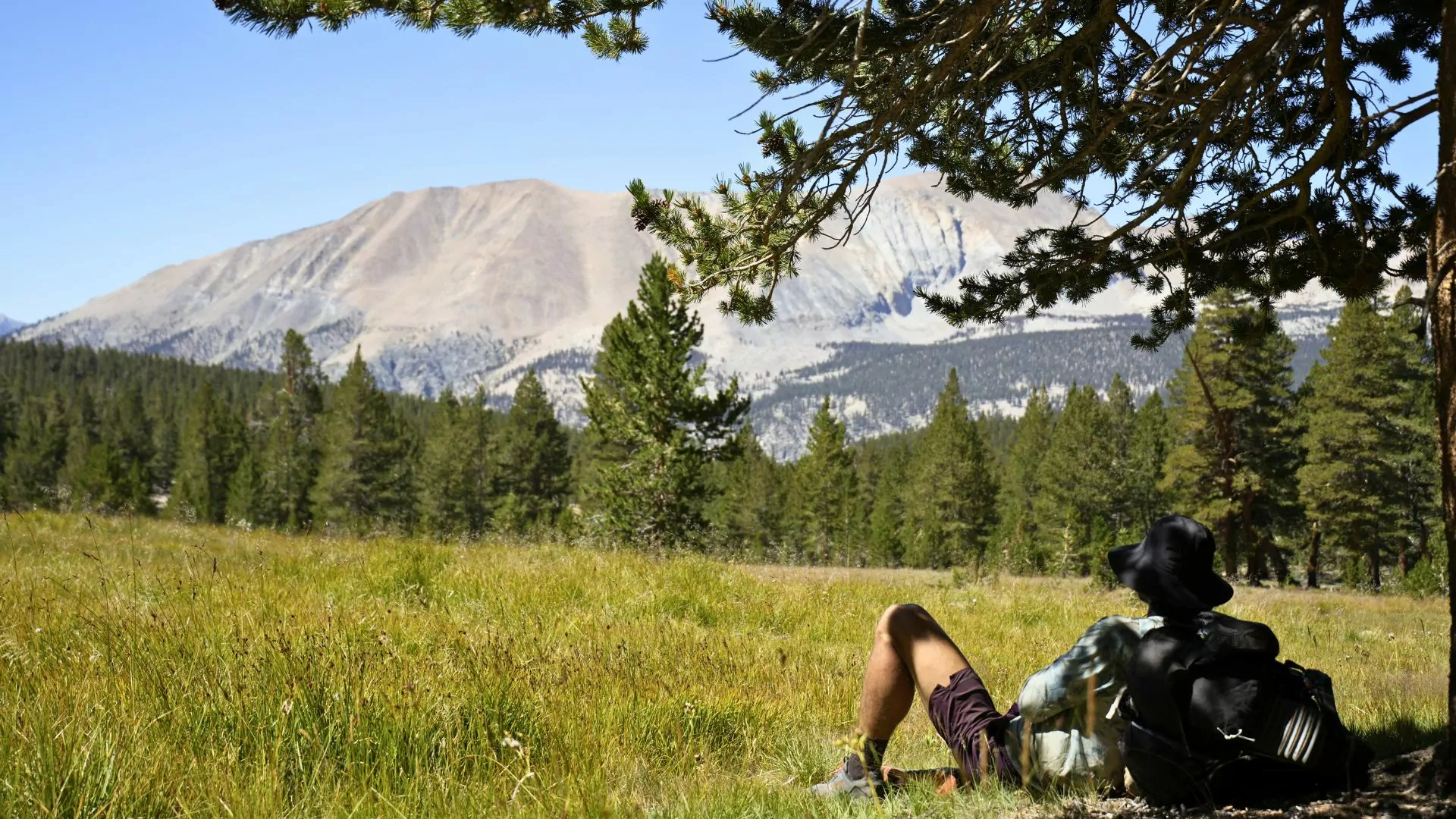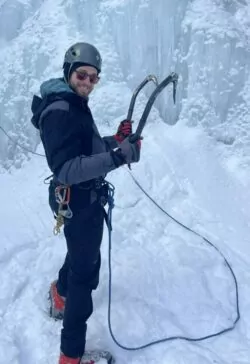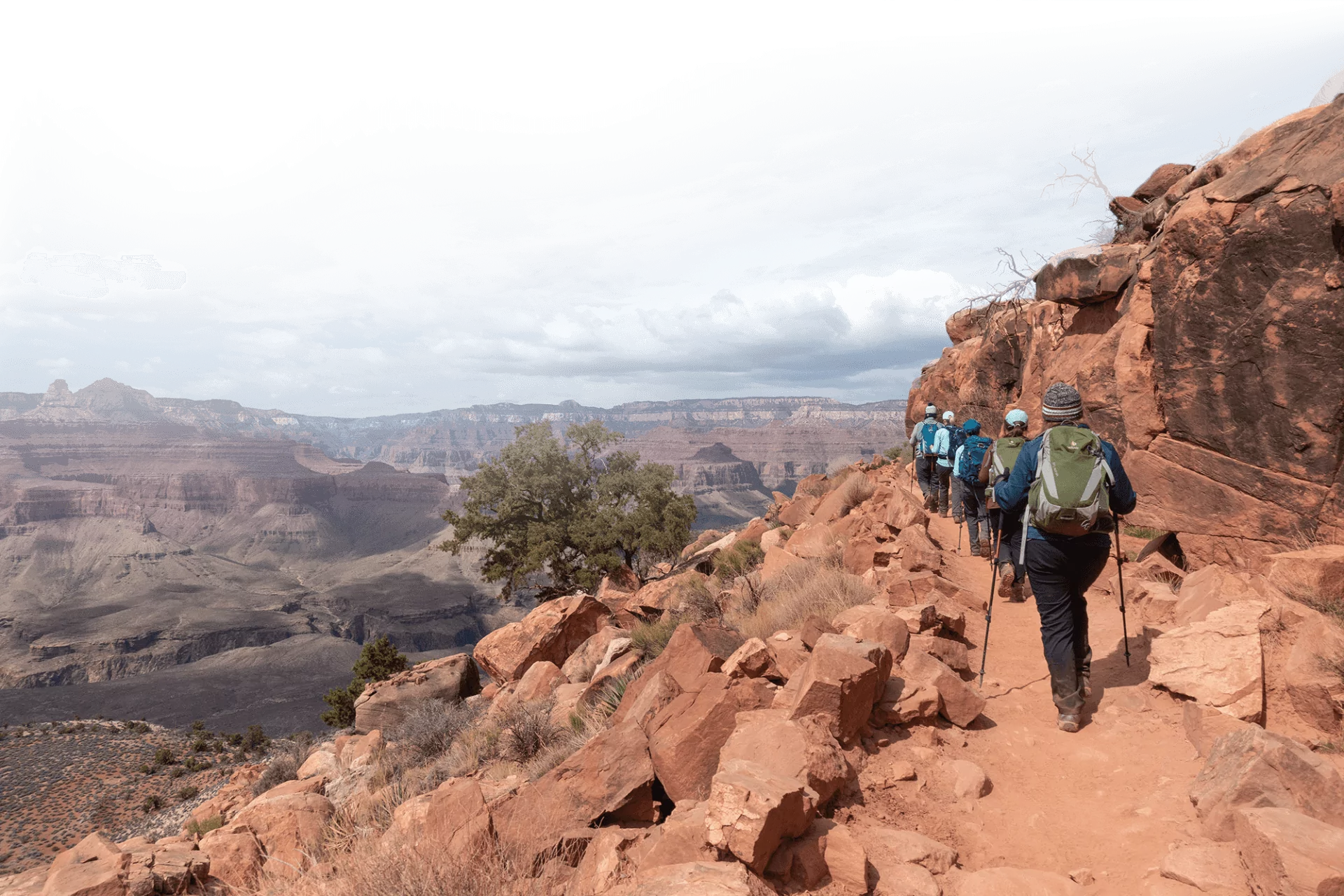Exploring the Ansel Adams Wilderness
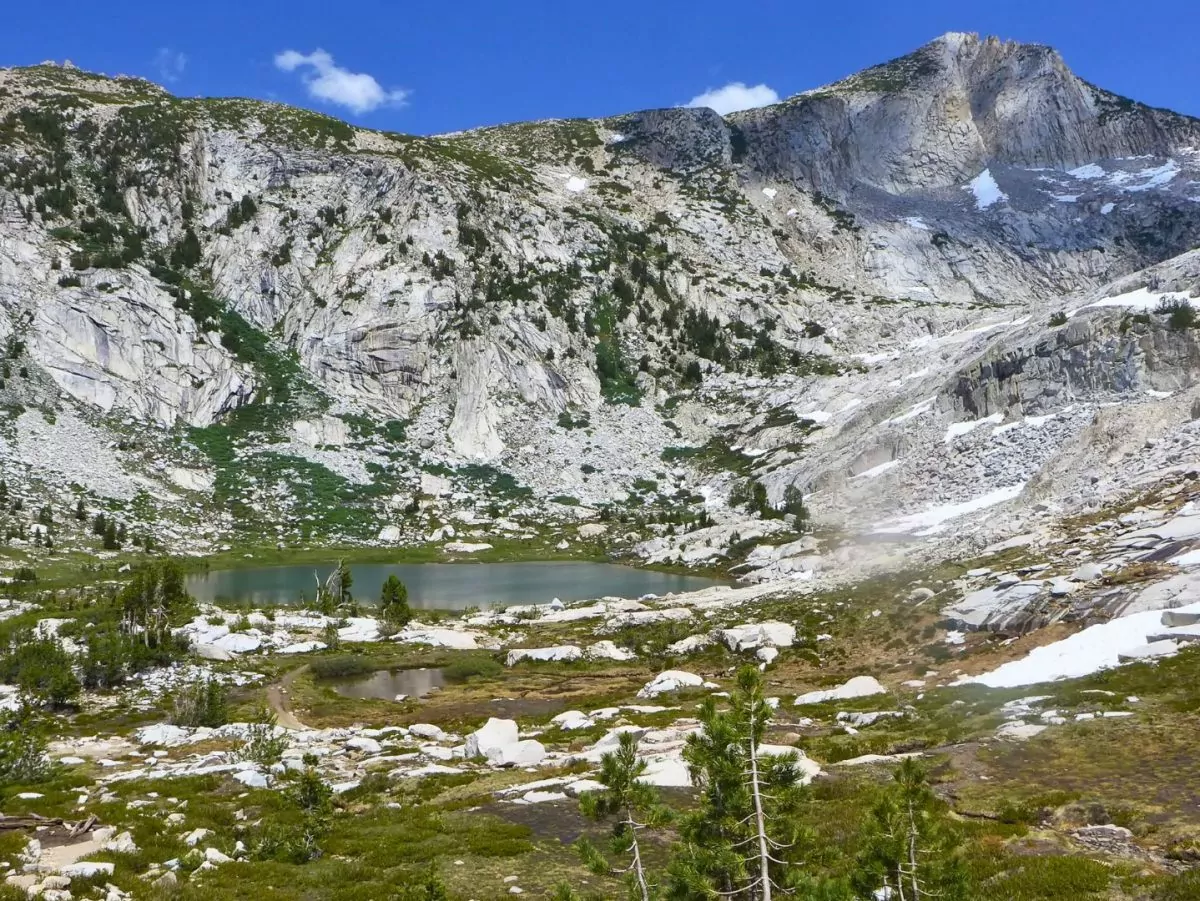
Backpacking in the Ansel Adams Wilderness is an unforgettable journey into one of the Sierra Nevada’s most striking alpine landscapes. Towering granite spires, glacial lakes, and meadows overflowing with wildflowers make this wilderness a place of both rugged challenge and quiet beauty. Named for the legendary photographer and conservationist Ansel Adams, whose iconic images of the Sierra inspired generations, the wilderness today offers hikers a chance to step into scenes that feel like living photographs.
Covering roughly 231,000 acres within the Inyo and Sierra National Forests, the Ansel Adams Wilderness sits between Yosemite National Park to the north and the John Muir Wilderness to the south, forming part of a vast protected corridor in the central Sierra Nevada. Elevations range from around 3,500 feet to more than 13,000 feet, with the Ritter Range, including Banner Peak and Mount Ritter, standing as the wilderness’s most recognizable summits. The Minarets, a jagged series of spires, provide some of the most dramatic mountain scenery in California.
The Ansel Adams Wilderness’s human history stretches far beyond its modern designation. The Mono and Paiute people lived seasonally in these mountains, hunting, fishing, and gathering in tune with the land’s rhythms. Archeological evidence in the form of obsidian flakes, petroglyphs, and ancient campsites attests to their long presence in the region. For these communities, the Sierra Nevada was not a wilderness to be explored and exploited, but a homeland interwoven with cultural and spiritual meaning.In the 19th century, Euro-American settlers arrived, establishing mining camps and trade routes, cutting trails, and exploring the high country. Over time, a growing conservation movement, propelled by Adams’ photography and public awareness of the Sierra’s grandeur, helped secure permanent protections, keeping the wilderness as pristine today as it was over a century ago.
Getting There
Accessing the Ansel Adams Wilderness is relatively straightforward, though your route depends on where you start. Most visitors enter from the eastern side near Mammoth Lakes, June Lake, or the Reds Meadow Valley. Western access points are available from trailheads near Clover Meadow and Granite Creek.
Popular trailheads include:
- Agnew Meadows: Just outside Mammoth Lakes, this trailhead connects to the River Trail, Shadow Lake Trail, and the John Muir and Pacific Crest Trail corridor.
- Fern Lake Trailhead: Near June Lake, it climbs steeply to alpine lakes, offering quieter access than Mammoth-area entries.
- Granite Creek Trailhead: On the western side, this less-traveled entry provides solitude and access to Isberg and Post Peak Passes.
The nearest airports are Mammoth Yosemite Airport (seasonal) or larger hubs in Reno, Fresno, or Bishop. From Mammoth Lakes, trailheads are typically a 30–45 minute drive.
Know Before You Go
Permits and Regulations
Because of its fragile alpine environment and popularity, overnight backpacking in the Ansel Adams Wilderness requires a permit, which must be reserved in advance through recreation.gov. During peak season, permits for trailheads along the John Muir and Pacific Crest Trails can be competitive, so early planning is essential.
Campfires are restricted at higher elevations due to scarce wood and sensitive terrain. Above 10,000 feet, fires are prohibited, and hikers should plan to use a stove for cooking. Bear canisters are required in some zones, as black bears roam freely and have learned to target improperly stored food. Leave No Trace ethics are crucial: stick to trails where possible, pack out all trash, and avoid camping too close to lakes and streams.
Best Times to Visit
The Ansel Adams Wilderness is generally snowbound from late fall through early summer. The most reliable backpacking season runs July through September, when trails are clear and wildflowers are at their peak. July offers colorful meadows, August brings warm days and crisp nights, and September features fewer crowds and striking autumn colors.
Early-season hikers should anticipate lingering snowfields, swollen creeks, and mosquitoes. Late-season trips can bring cooler nights and the first dustings of snow. Afternoon thunderstorms are common during midsummer, so plan to cross high passes early and avoid exposed ridges during storms.
Wildlife and Scenery
After completing a full thru-hike of the PCT, much of the scenery tends to blur together in my mind, and I often struggle to distinguish specific features along certain stretches of trail. The Ansel Adams Wilderness, however, is entirely different. From the moment I stepped into its high-country valleys, the landscape etched itself clearly in my memory. The jagged Minarets rising sharply against the sky, the still, reflective waters of Thousand Island Lake, and the wildflower-strewn meadows that seemed to glow in the morning light. Every ridge, every basin felt distinct, as if the Ansel Adams Wilderness demanded to be noticed and remembered.
Additionally, wildlife is abundant, adding a special dimension to every hike. Mule deer graze in meadows, marmots sun themselves on rocky outcrops, and Clark’s nutcrackers call from treeline forests. Black bears are present and should be considered when storing food. In more remote areas, lucky hikers may spot pika, golden eagles, or even Sierra Nevada bighorn sheep.
Backpacking with Wildland Trekking
For those who prefer guidance and support, Wildland Trekking offers the Alpine Lakes of the Ansel Adams Wilderness, a five-day adventure that brings hikers deep into this extraordinary landscape.
The trip begins with an overnight stay at a campground on the shores of Bass Lake before following trails along the Middle Fork of the San Joaquin River into the high country. Thousand Island Lake is the centerpiece, framed by Banner Peak and reflecting the surrounding granite spires in its clear waters. Nights are spent under the stars, with guides handling meals, gear, and safety.
Daily mileage ranges from six to nine miles, with significant elevation gains over passes, allowing time for photography, wildlife observation, and soaking in the scenery. Along the way, hikers visit Shadow, Garnet, and Ediza Lakes, each offering its own secluded beauty. The journey concludes with a return through meadows and forests alive with bird calls and wildflowers.
Guides provide insights on geology, natural history, and the cultural context of the Ansel Adams Wilderness. Often they are able to highlight Ansel Adams’ photography, explain the glacial shaping of the Ritter Range, and point out alpine plants thriving in thin soils. Meals are hearty and thoughtfully prepared, using fresh ingredients carried by the guides. The camaraderie of the group often becomes as memorable as the landscape itself.
All gear, including tents, cooking equipment, and bear canisters, is provided. Hikers only need personal clothing and essentials, making this an accessible option for those new to backpacking or traveling from afar.
The Alpine Lakes trip captures the essence of the Ansel Adams Wilderness: challenge, beauty, and discovery. From sunrise at Garnet Lake to tracing the Minarets’ serrated skyline, participants leave with lasting memories, not just photographs.
Looking for something with a little greater ease and higher comfort? Check out this horse-supported alternate Ansel Adams Wilderness High Sierra Camp.
Final Thoughts
Backpacking in the Ansel Adams Wilderness is a journey that stays with you long after the trail dust is gone. It’s a place where geology, ecology, and history converge into landscapes that feel larger than life. With jagged summits, quiet lakes, and a sense of enduring wildness, it continues to inspire just as it did when Ansel Adams first set up his camera among its peaks.
Whether exploring independently, hiking the PCT/JMT, or joining a guided trip like Wildland Trekking’s Alpine Wonderland, the wilderness offers a rare chance to step out of modern life and into pure alpine wonder. For anyone seeking beauty, challenge, and connection with the natural world, few places compare.



